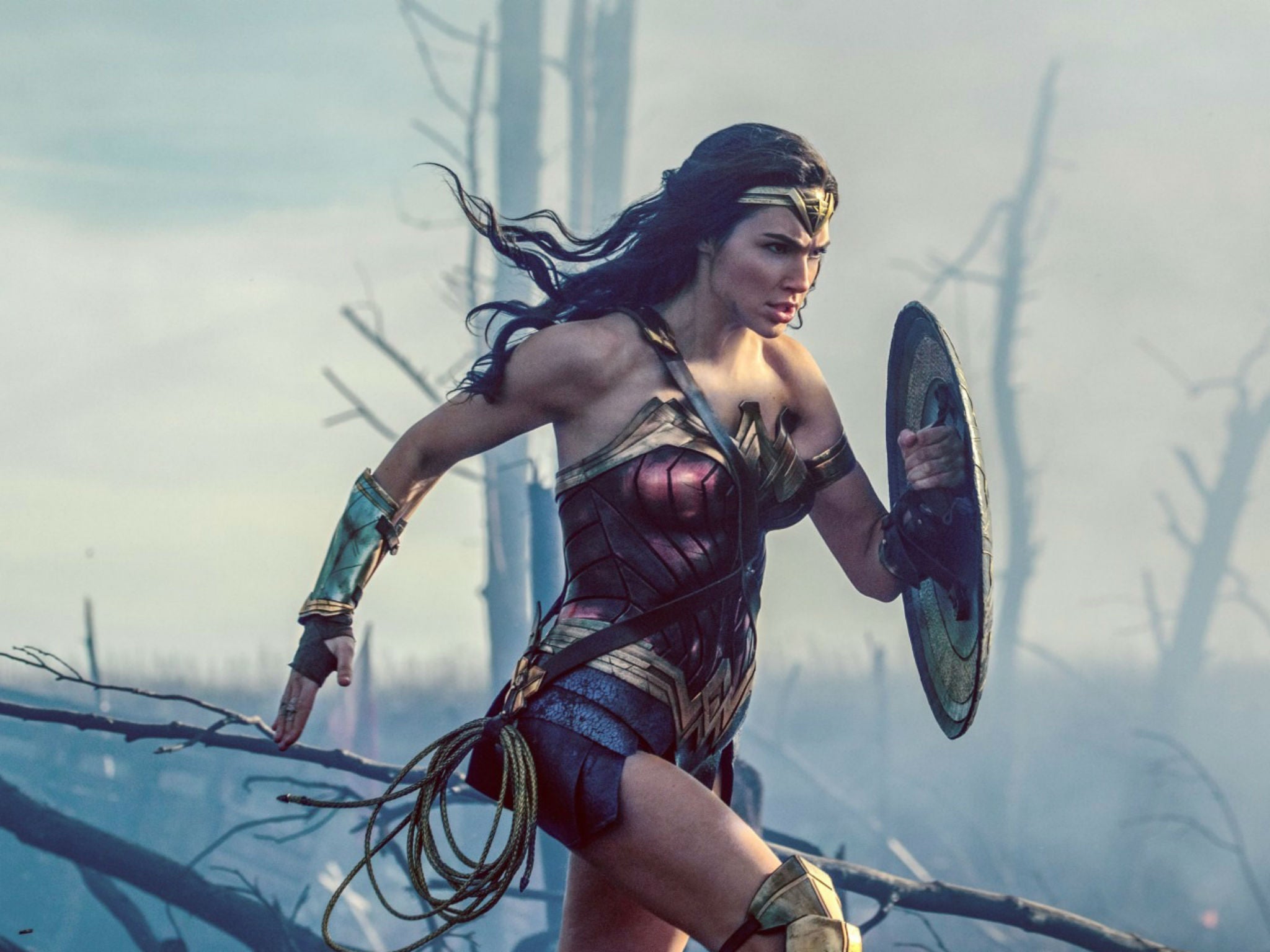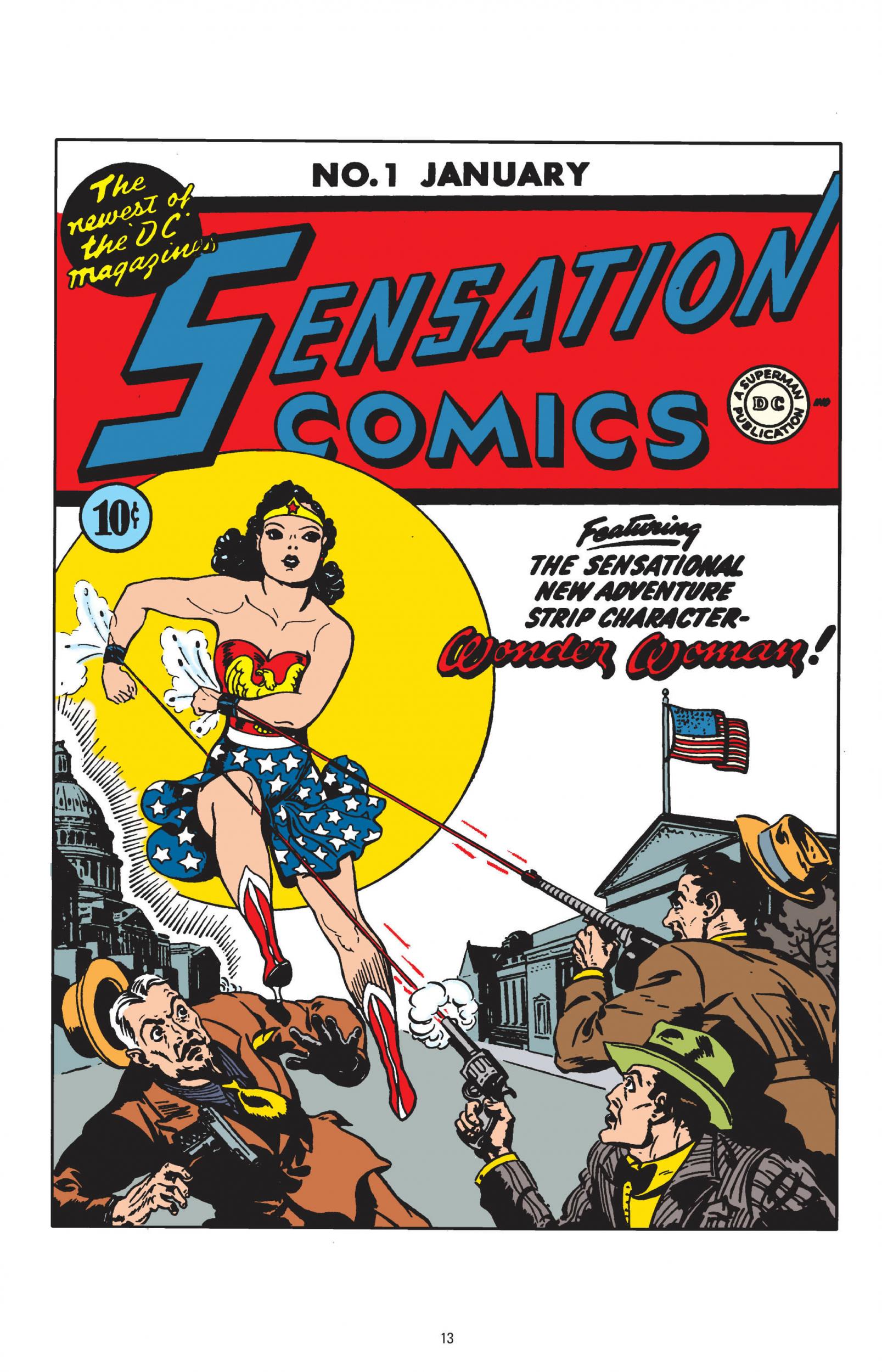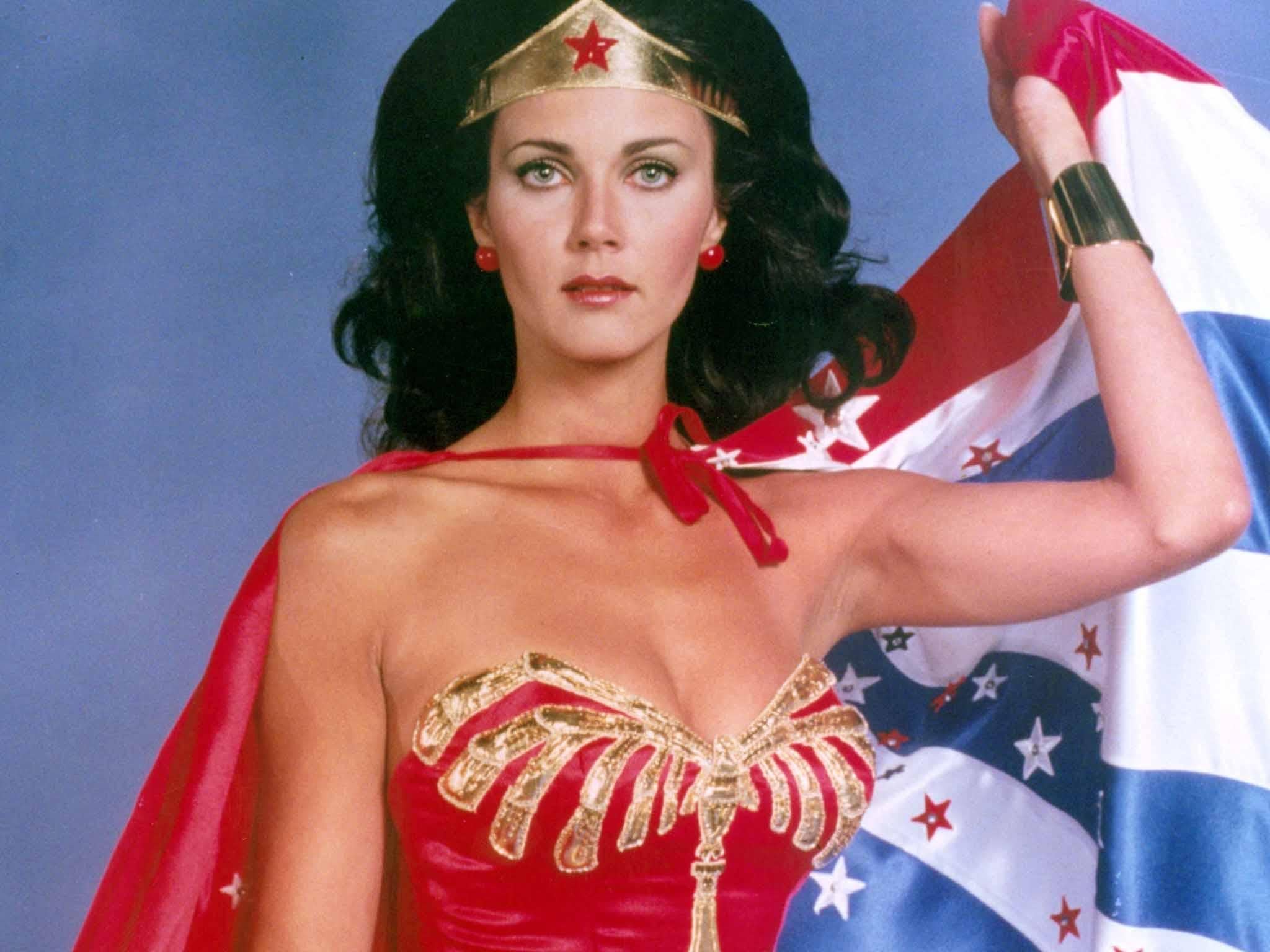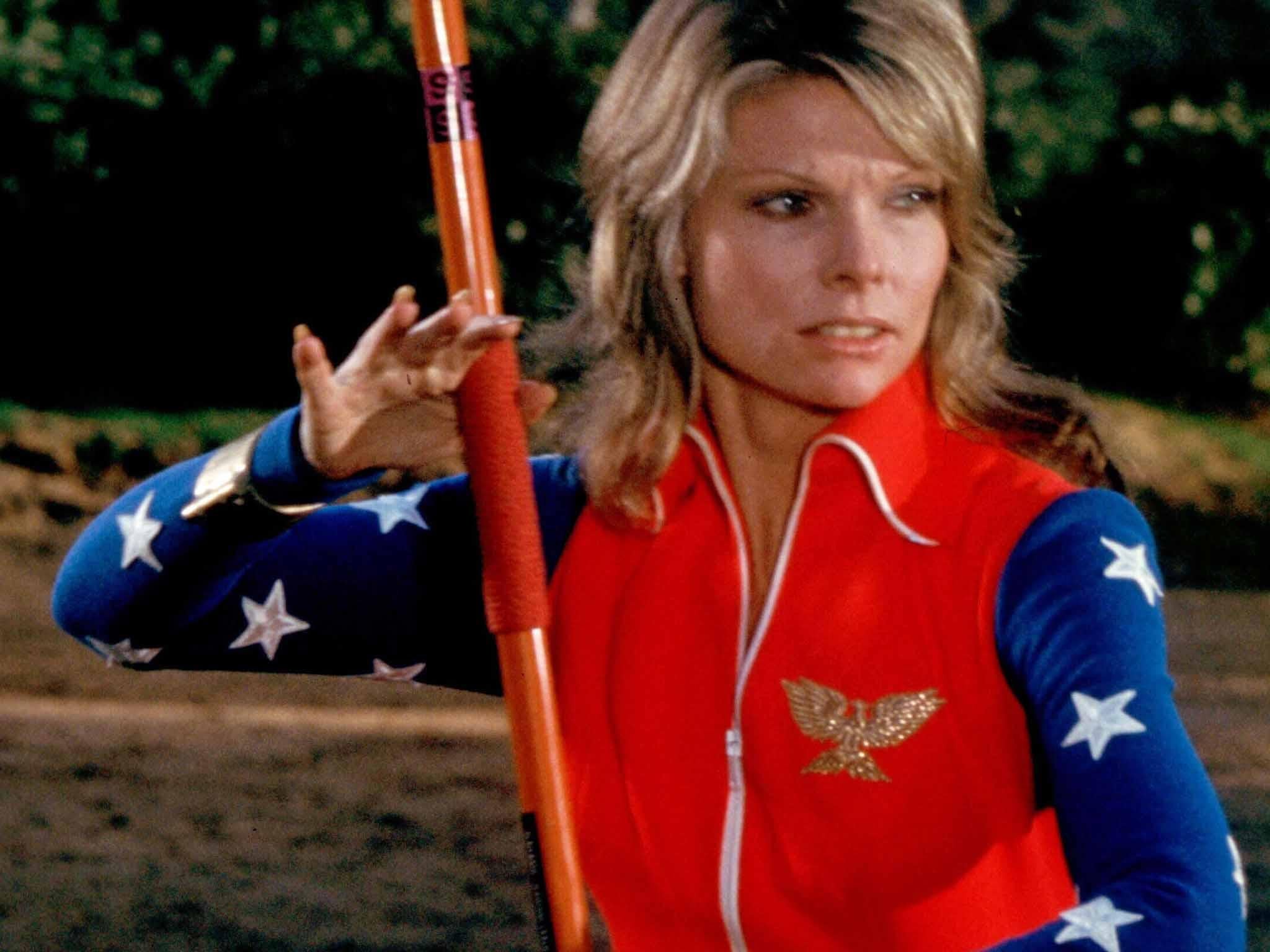A look back at Wonder Woman's feminist (and not-so-feminist) history
With the release of Patty Jenkins’s ‘Wonder Woman’ which stars Gal Gadot, the character’s first ever solo feature film, we chart the journey of ‘DC Comics’ female superhero

Your support helps us to tell the story
From reproductive rights to climate change to Big Tech, The Independent is on the ground when the story is developing. Whether it's investigating the financials of Elon Musk's pro-Trump PAC or producing our latest documentary, 'The A Word', which shines a light on the American women fighting for reproductive rights, we know how important it is to parse out the facts from the messaging.
At such a critical moment in US history, we need reporters on the ground. Your donation allows us to keep sending journalists to speak to both sides of the story.
The Independent is trusted by Americans across the entire political spectrum. And unlike many other quality news outlets, we choose not to lock Americans out of our reporting and analysis with paywalls. We believe quality journalism should be available to everyone, paid for by those who can afford it.
Your support makes all the difference.During World War II, as Superman and Batman arose as mainstream pop symbols of strength and morality, the publisher that became DC Comics needed an antidote to what a Harvard psychologist called superhero comic books’ worst crime: “bloodcurdling masculinity.”
Turns out that psychologist, William Moulton Marston, had a plan to combat such a crime – in the star-spangled form of a female warrior who could, time and again, escape the shackles of a man's world of inflated pride and prejudice.
That creation was Diana Prince, who, upon landing in America from her isolated Paradise Island, donned the identity of Wonder Woman.
On one hand, Marston was a man of progressive politics, enthusiastically stating that a great women's movement was afoot. On the other hand, he embodied some knuckle-dragging ideas, too.

He insisted that Wonder Woman be chained or otherwise bound in every issue, telling his DC editor that “women enjoy submission” – even as the torturous tethering sparked reader complaints. Marston was well aware, though, that broken chains were also a powerful feminist symbol of emancipation. And Marston – whose scientific work led to the development of the lie-detector test – also outfitted Wonder Woman with the empowering golden Lasso of Truth, whose coils command veracity from its captive.
(One thing Marston was less than truthful about was himself: He secretly lived in a polyamorous relationship with two feminists: his wife, lawyer Elizabeth Holloway Marston, and his former college student Olive Byrne, the niece of birth-control pioneer Margaret Sanger. Each of the two women bore him two children.)
Out of this complex origin story born of a complicated mind, Wonder Woman made her debut in All-Star Comics in 1941. Ahead of the June release of the new Wonder Woman film – which, as the character's first major solo feature film, itself pushes back against marketplace domination of male superheroes – here is a timeline of her feminist, and less-than-feminist, history.
1941: The creation: According to lore, Marston didn't initially have a female character in mind when mulling a superhero less masculine than Superman. But Marston later characterises it as a natural solution, saying: “Women's strong qualities have become despised because of their weakness. The obvious remedy is to create a feminine character with all the strength of Superman plus all the allure of a good and beautiful woman.”

Upon being hired as an editorial adviser at All-American/Detective Comics, Marston sells his Wonder Woman character to the publisher with the agreement that his tales will spotlight “the growth in the power of women.” He teams with not a woman but rather male artist Harry G. Peter to create her tiara-topped, flesh-flashing attire.

Watch Apple TV+ free for 7 days
New subscribers only. £8.99/mo. after free trial. Plan auto-renews until cancelled

Watch Apple TV+ free for 7 days
New subscribers only. £8.99/mo. after free trial. Plan auto-renews until cancelled
Wonder Woman first appears in All-Star Comics No. 8, wearing bracelets similar to those worn by Byrne, Marston's former student turned lover. The bracelets, according to Wonder Woman's prose, were “fashioned by our captors” as physical symbols that “we must always keep aloof from men.” The New Yorker's Jill Lepore, author of The Secret History of Wonder Woman, writes that her look, with a nod to the era's sexy Varga Girls, is “the suffragist as pinup.”
Spring 1942: Just “one of the guys” – sort of: Within a half-dozen issues of All-Star Comics, Wonder Woman becomes an honorary member of the DC superhero team-up Justice Society of America, yet her official position long remains “secretary” – a striking distinction compared with her fellow heroes.
Summer 1942: Solo stardom: Wonder Woman proves so popular that she gets her own comic book with Sensation Comics. Her rise was assured, Martin Pasko writes in the book The DC Vault, “by an epidemic of hero worship that would seize the home front as [men] went off to war”. As Rosie the Riveter becomes iconic, and women fill men's shoes back home, readers of all ages more readily embrace the tough, well-muscled female hero. Within a few years, Wonder Woman has ten million readers and her own syndicated comic strip.
1950s: The rise of soapy romance: Congressional overreaction to Seduction of the Innocent psychiatrist Fredric Wertham's questionable findings about the “effects” of comic books on children leads to the Comics Code Authority – essentially the publishers’ consent to soften content. As a result of this crackdown, superhero and horror comics ebb and romance stories rise. Following the trend, Diana Prince – who left women-only Paradise Island with the crash-landing military hero Steve Trevor – becomes a more domestic-minded figure whose thoughts are often on marriage and modelling, when not working as a “lonely hearts” columnist.

Late 1960s: Full surrender: The sacrifice is complete: Diana decides to surrender her superpowers for the sake of being near Steve. Two decades after Marston’s death, that narrative registers as a far cry from the creator’s stated sentiment, when he wrote, “Wonder Woman is psychological propaganda for the new type of woman who should, I believe, rule the world.”
1972: Cover woman: Wonder Woman boosts her perception as a feminist icon by appearing on the first cover of Gloria Steinem’s Ms magazine, thus tying her image to the women’s rights movement.
1973-1975: TV stardom: Wonder Woman increases her presence and popularity on television, joining the animated series Super Friends; making her live-action small-screen debut in a 1974 made-for-TV movie starring Cathy Lee Crosby; and then getting her own Emmy-nominated network series starring the iconic Lynda Carter. Wonder Woman “encompasses everything great and powerful about being a woman, and Lynda took it all seriously,” Wonder Woman '77 writer Marc Andreyko told the DC Comics fan site.
1997-1999: Series scuttled: NBC works on developing a new live-action series in which Diana Prince will work as a UCLA professor of Greek history. Despite national casting efforts, the series is shut down before a frame is shot. Meanwhile, back in the comics, John Byrne is enjoying a memorable mid-'90s run on Wonder Woman by presenting her as a muscular goddess.
2009: Pointing to a return: Wonder Woman gets some solo screen glory again. Keri Russell voices the Amazon-tribe superhero in WB/DC's direct-to-DVD animated movie Wonder Woman, with Lauren Montgomery as the director.
September 2016: The rumours are true: DC writer Greg Rucka confirms the long-standing belief that Wonder Woman is canonically gay. Rucka tells Comicosity: “By our standards where I am standing ... Themyscira [Paradise Island] is a queer culture. I'm not hedging that. And anyone who wants to prevaricate on that is being silly.”
October-December 2016: Ambassador Prince: The United Nations names Wonder Woman as an honorary ambassador, intending to move her beyond supervillain-battling crime-fighter to help raise awareness of gender equality for “the empowerment of women and girls as a critical component for a peaceful and prosperous world.”
In December, however, the United Nations drops Wonder Woman after many of its employees object to a character they say in a petition is an overtly sexualised figure – “the epitome of a pinup girl” who now embodies “a large-breasted, white woman of impossible proportions, scantily clad in a shimmery, thigh-baring body suit with an American flag motif and knee-high boots.”
June 1, 2017: The star-spangled red carpet: Wonder Woman will mark the first solo film for a superheroine in the DC Extended Universe, and the first DCEU release to be directed by a woman, Patty Jenkins. And yet, Jenkins tells The Post's Comic Riffs: “I don't think of myself as a female filmmaker and I don't think about Wonder Woman as a female film. She's a major superhero.”
© The Washington Post
‘Wonder Woman’ opens nationwide on 1 June
Join our commenting forum
Join thought-provoking conversations, follow other Independent readers and see their replies
Comments